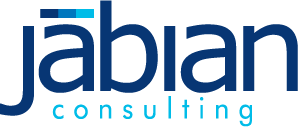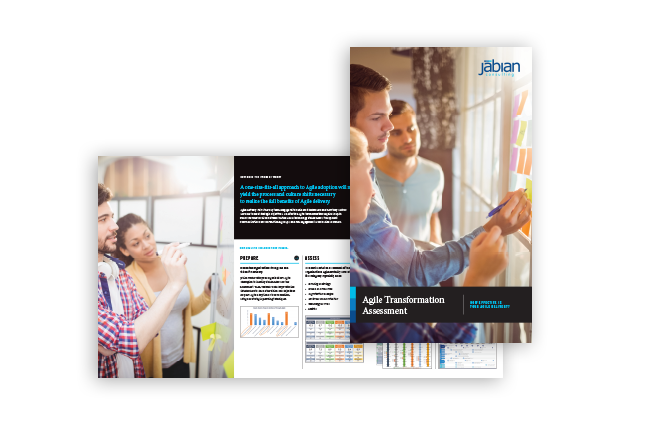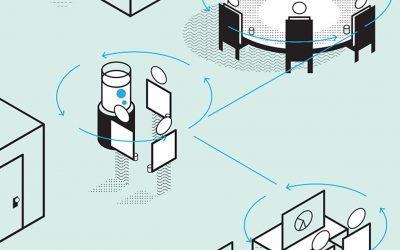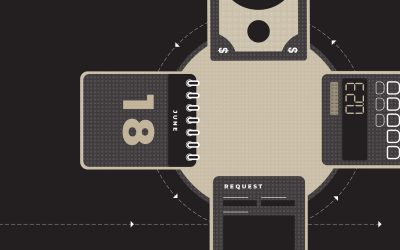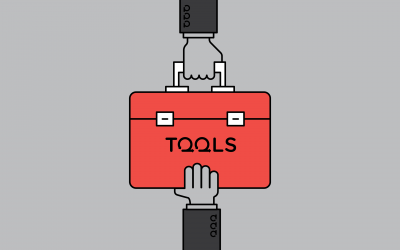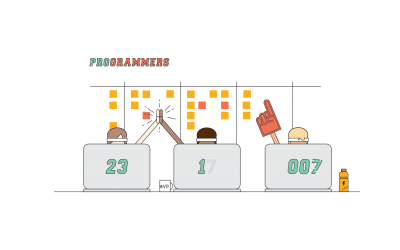Agile may be a buzzword in IT delivery, but what does it mean in practice? If your organization decides to go through an Agile transformation, how can you attain long term success and benefits?
Agile originated as a software delivery method aimed at providing customer value faster, along with frequent stakeholder engagement and continuous improvement. Agile methodologies present standard ways of developing software within teams, but Agile stakeholder and IT interaction models aren’t as easily defined, especially when scaling Agile throughout the enterprise.
There’s not a one-size-fits-all Agile transformation solution.
At Jabian, we understand what it takes to be successful at every step of your Agile journey, from individual teams, to larger portfolios, and even at the enterprise-level. We are able to help transform your organization’s culture and practices to ensure that you can “Be Agile,” instead of “Doing Agile.”
Our multi-step approach enables this transformation by leveraging specific tools and frameworks across key levels of organization—Team, Portfolio, and Enterprise:
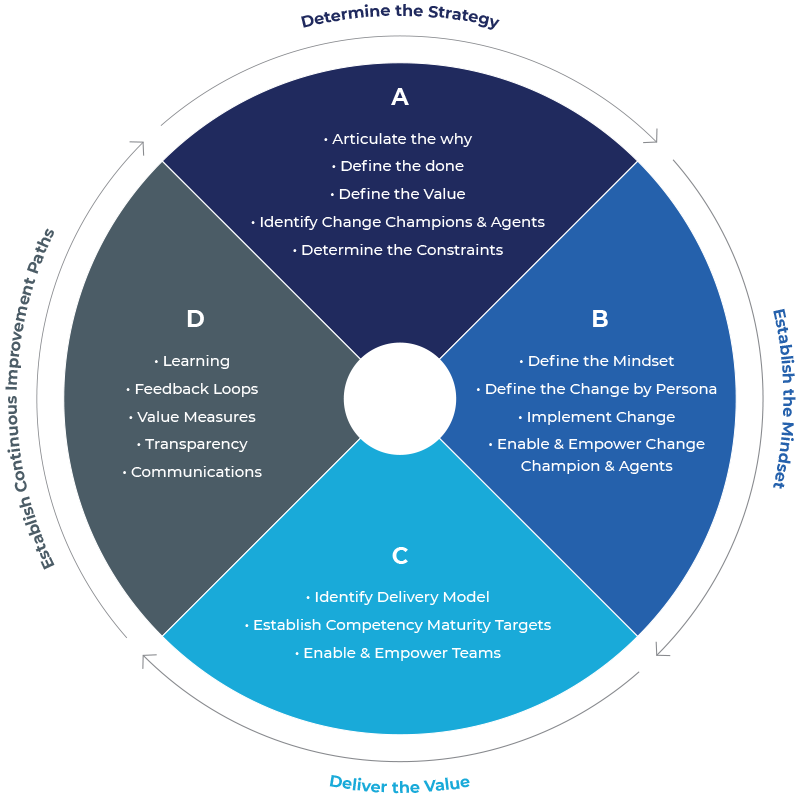
Jabian’s Perspective
There’s not a one-size-fits-all Agile transformation solution for every company or team. Each organization needs to define their Agile journey based on their own goals/objectives, business functions, stakeholder landscape, and delivery model. Whether you’re just starting out, or are well into your Agile journey, our frameworks, tools, and skill set can help define a custom Agile transformation approach that aligns with your goals and timelines.
Team
Standard Agile scrum rituals include practices that are vital to Agile team success. Truly “being Agile” means building on these rituals and gaining an Agile mindset and culture. Any team can go through the motions, but if the team hasn’t bought-in to the Agile mindset, the transformation won’t be sustainable and intended benefits won’t be fully realized.
Portfolio
Effective Agile scaling requires buy-in and close collaboration between business and technology stakeholders, transparent communications across functional groups, and full engagement from business owners. Understanding your current state of business engagement and technology delivery can help identify ways to jumpstart your Agile transformation.
Enterprise
Introducing Agile across an enterprise takes commitment to a philosophy across the entire organization. As a whole, the organization needs to adapt how it thinks and operates in order to transform how it serves its clients. This requires communication, training, strong leadership, and transparency.
